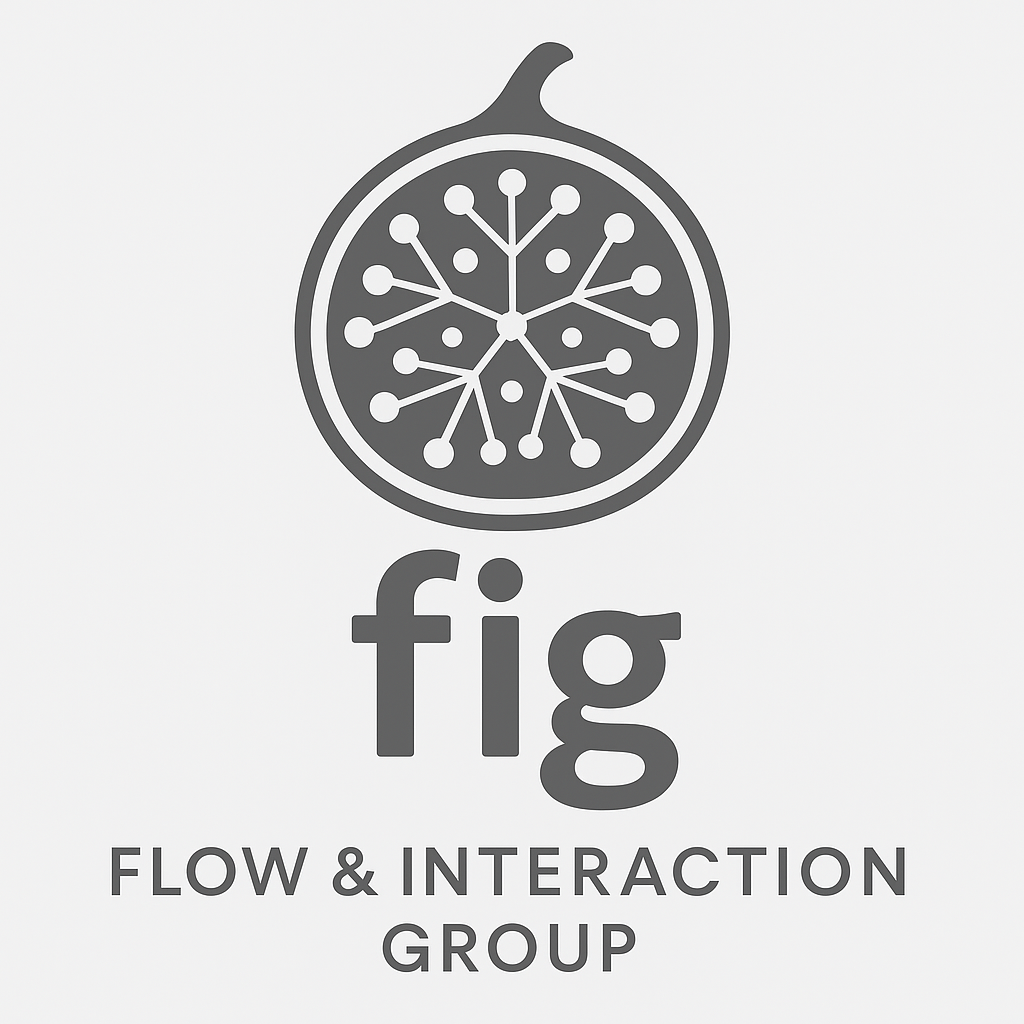Rich screen reader experiences for accessible data visualization
Authors: J. Zong; C. Lee; A. Lundgard; J. Jang; D. Hajas; A. Satyanarayan
Published: Computer Graphics Forum, 41(3), 15–27 (2022)
DOI · Publisher · PDF · Accessible HTML
Abstract
Current web accessibility guidelines ask visualization designers to support screen readers via basic non-visual alternatives like textual descriptions and access to raw data tables. But charts do more than summarize data or reproduce tables; they afford interactive data exploration at varying levels of granularity — from fine-grained datum-by-datum reading to skimming and surfacing high-level trends. In response to the lack of comparable non-visual affordances, we present a set of rich screen reader experiences for accessible data visualization and exploration. Through an iterative co-design process, we identify three key design dimensions for expressive screen reader accessibility: structure, or how chart entities should be organized for a screen reader to traverse; navigation, or the structural, spatial, and targeted operations a user might perform to step through the structure; and, description, or the semantic content, composition, and verbosity of the screen reader’s narration. We operationalize these dimensions to prototype screen-reader-accessible visualizations that cover a diverse range of chart types and combinations of our design dimensions. We evaluate a subset of these prototypes in a mixed-methods study with 13 blind and visually impaired readers. Our findings demonstrate that these designs help users conceptualize data spatially, selectively attend to data of interest at different levels of granularity, and experience control and agency over their data analysis process. An accessible HTML version of this paper is available at: http://vis.csail.mit.edu/pubs/rich-screen-reader-vis-experiences.
Media
-
📝
Customisable Textual Descriptions for Screen Reader Accessible Visualisations
In our EuroVis 2022 paper, we mapped the design space of screen reader accessible data visualisations, showing how structure, navigation, and description can extend accessibility beyond alt text and data tables. This new study, carried out in collaboration with the MIT Visualisation Group, who also maintain the Olli open source library, takes the next step—making textual descriptions themselves customisable.
-
📝
Screen Reader Accessible Data Visualisations: Beyond Alt Text and Data Tables
Alt text and data tables are the default fallback when making visualisations accessible—but they only scratch the surface. In collaboration with the MIT Visualisation Group, and drawing on my lived experience as a blind researcher, we set out to explore how data visualisations can be meaningfully navigated and understood through screen readers.
-
🎧
Rethinking Data Visualization for Rich Screen Reader Experiences
Tune in to discover why current web accessibility guidelines often fall short for blind and partially sighted people trying to interact with data visualisations. We'll explore a new approach that introduces three key design dimensions: structure, navigation, and description, to create rich screen reader experiences. Learn how these designs help users conceptualise data spatially, selectively attend to data of interest, and gain control over their data analysis process.
-
🎬
Rich Screen Reader Experiences for Accessible Data Visualization
This pre-recorded conference talk introduces the design space relevant to rich screen reader experiences, during the interaction with data visualisations embedded in web content.

